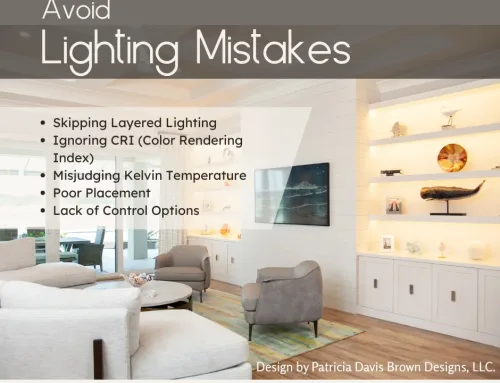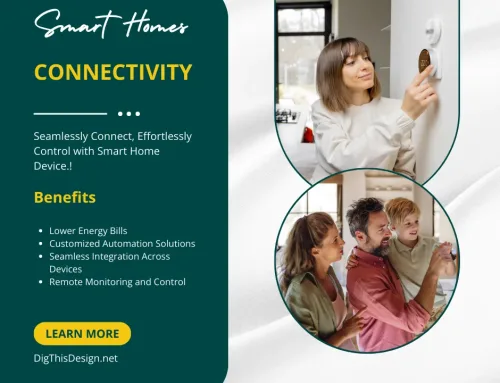Regardless of where you are in life, it’s always a bit painful to open up your home utility bills at the end of each month. After all, the larger the home, the more expensive it is to heat, cool and light a place. Fortunately, smart home technology has come a long way in the last couple of years. Now homes can be remotely controlled and monitored from nearly any location. The main benefit of smart home technology is convenience—in more ways than one.
Smart Home Technology

Home Automation
Home automation provides a convenient, seemingly effortless means of modern living. Different household appliances, lights, thermostats, door locks, etc. can be accessed via a central command system. A user can then access everything on an app. It means no more worrying about forgetting to turn down the thermostat or turn off lights when you leave the house. Whether you are just across town or thousands of miles away, home automation provides a means to remotely control the inner workings of your home.
Main home automation features include:
- Lighting Control
- Temperature Control
- Outlet Control
- Lock Control
- Garage Door Control
Energy-Efficiency
It’s astounding how much energy we use and waste every day. The average home spends $2,060 on energy every year. But, to put that into perspective, Americans spend $130 billion on wasted energy annually. Homes today are filled with devices that are ‘energy vampires’, which consume energy, even when they aren’t being used and are simply plugged into an outlet. Devices like your laptop, coffee maker, smartphone and others are accounting for up to 10 percent of your total home utility expenses. Think of all the other things that could be contributing to your increased energy usage.
Luckily, reducing your energy consumption doesn’t have to be a painful experience (no matter how beneficial it may be to your wallet). A great solution to going green and saving is through a smart home system.
Some smart systems provide a-la-cart options, where items like smart thermostats, automated lighting systems, smart power outlets, etc. can be pieced together. There are also more comprehensive systems that provide numerous home automation components; some even provide remote home monitoring with automation.
Remote home monitoring, an added bonus to any smart home, enables users to remotely monitor their home from any location. It’s worry-reducer since homeowners can know the status of their homes with a simple glance of their smartphone, tablet or computer. Combine this with home automation, and any home is not only more secure but more adapt to today’s mobile, more active lifestyles.
Images Courtesy of Canva.
Other posts you might enjoy:
KeySmart Review: Compact Multiuse Key Organizer and Storage
Employees suck! How To Work Smart by Automating Your Company
5 Ways to Turn Yur House Into a Smart Home
Wocket Smart Wallet Eliminated My Shoulder Pain By Reducing My Purse Size





